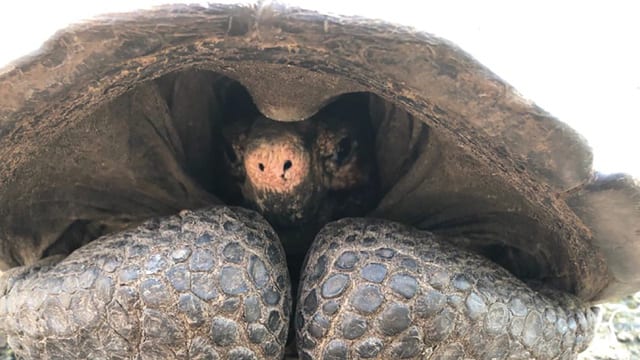The world’s largest bee. Formosan clouded leopard. Fernandina giant tortoise. What do these three animals have in common?
Well, until recently, scientists believed they were 100% extinct.
They were wrong.
The Fernandina Giant Tortoise
Marine biologists believed this animal went extinct about 100 years ago, but one has been spotted in the Galapagos. Perhaps hiding among all of the other giant turtles? I don’t know.

Image Credit: Wikimedia CC
She was seen by members of the Galapagos National Park and the US NGO Galapagos Conservancy during an expedition to Fernandina Island for an upcoming Animal Planet documentary that is, funny enough, titled “Extinct or Alive.”
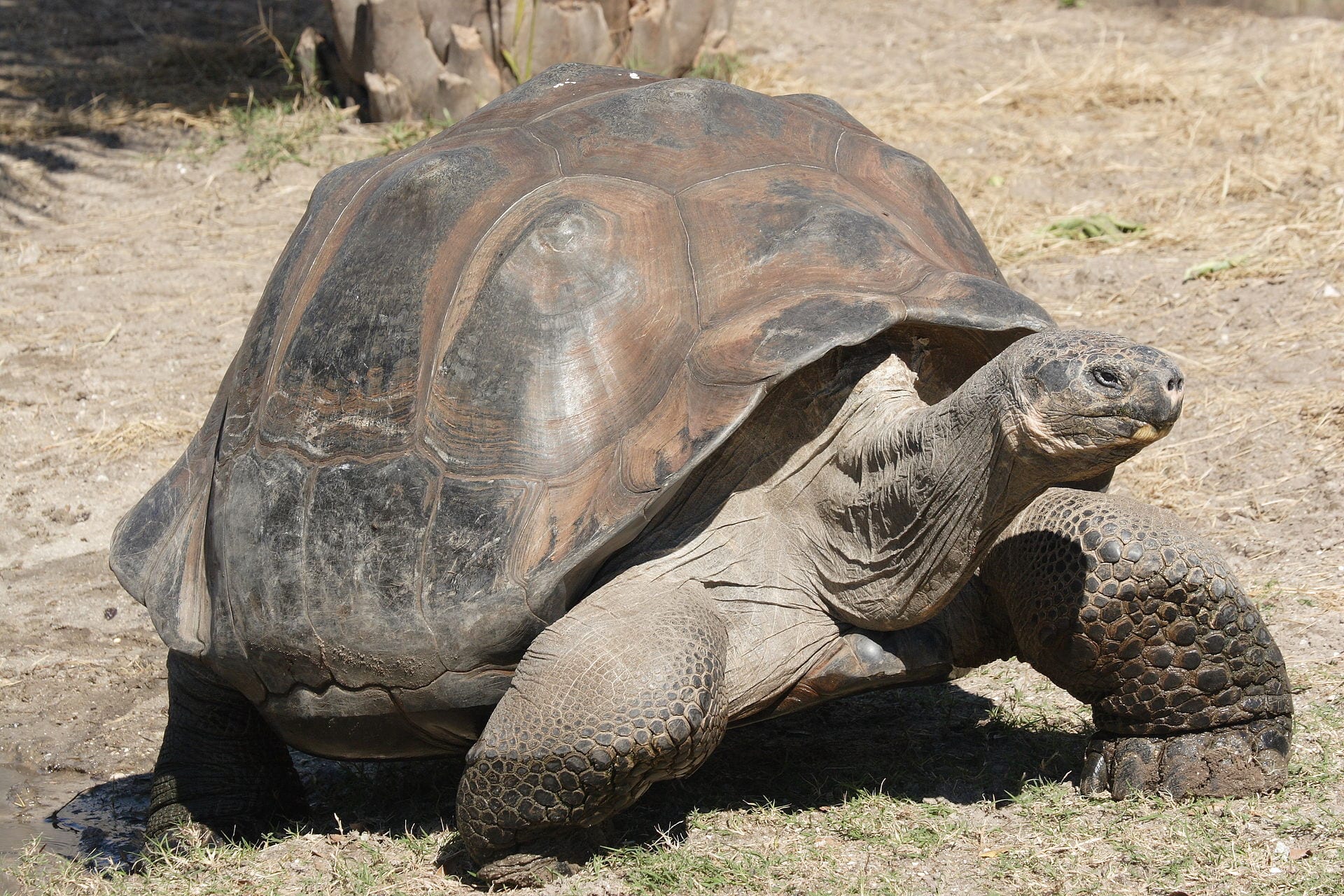
Image Credit: Wikimedia CC
Forrest Galante, the expedition’s leader, said, “As a biologist and someone who has dedicated my life to the pursuit of animals believed extinct, this is by far my greatest scientific accomplishment and proudest moment.”
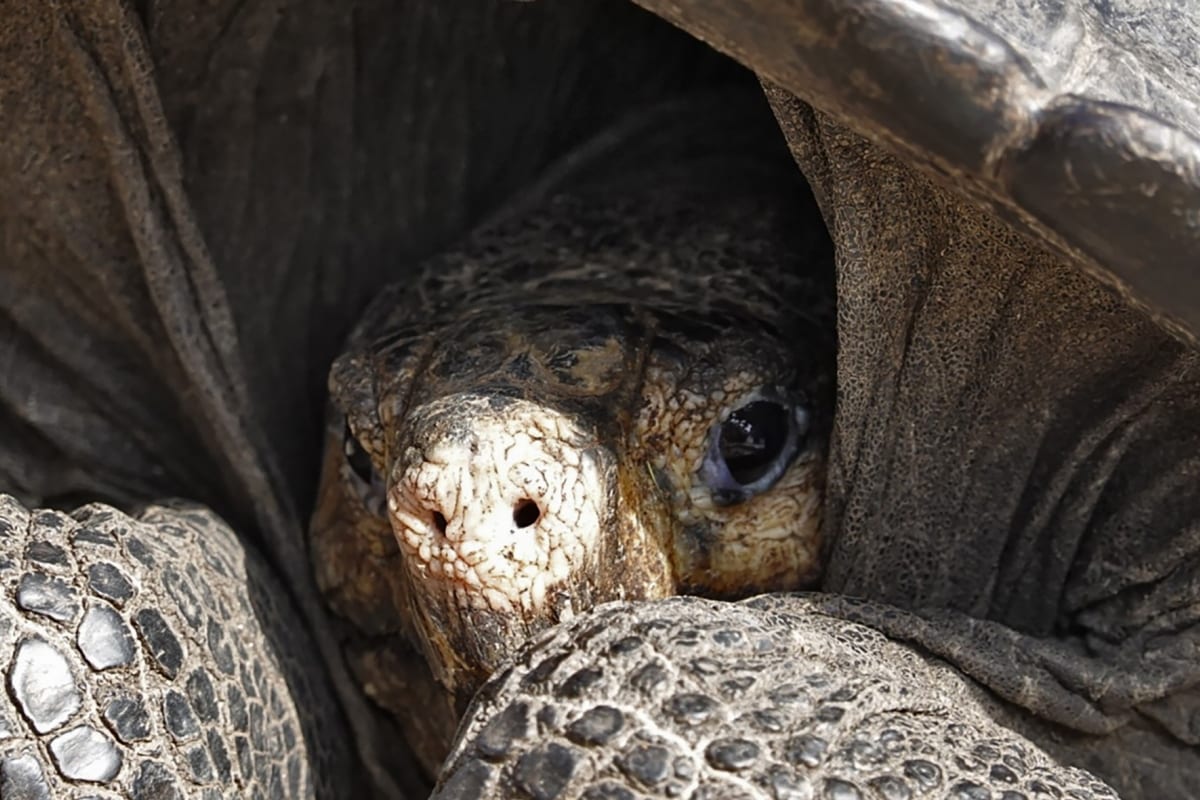
Image Credit: Agence France-Press
They believe the giant tortoise could be one of the rarest animals in the world – and one of the biggest Galapagos discoveries in the past century.
The Formosan Clouded Leopard
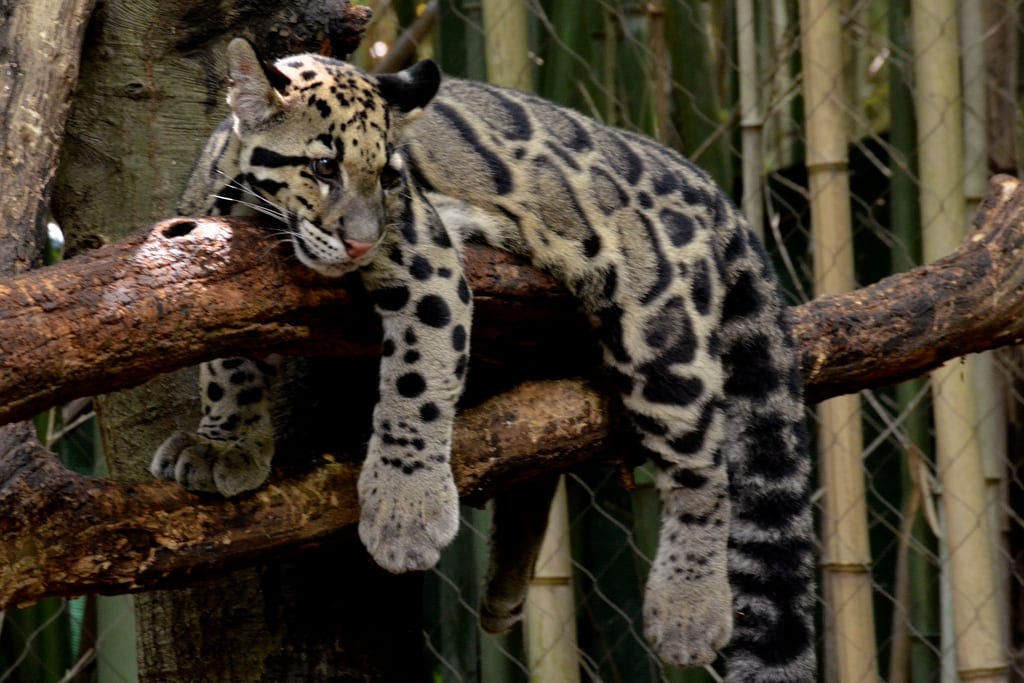
A clouded leopard of the non-Formosan variety
Image Credit: Flickr, Charles Barilleaux
The Formosan clouded leopard was declared extinct in 2013 after a 13-year-long survey by zoologists from both Taiwan and the U.S. failed to verify a single sighting. Well-known ecologist and professor Liu Chiung-hsi confirmed that the leopard’s habits make them difficult for individuals to spot.
One group of hunters had come forward in 1998 to state they had caught at least one leopard…but they had burned the body due fear of reprisal (hunting them was/is illegal) and therefore had no proof.

Image Credit: Wikipedia
The Formosan clouded leopard is native to Taiwan, and reports have recently begun to surface that it’s been spotted hunting goats in the country’s southeast wilderness. The Office of Forestry Bureau is taking the reports seriously, actively working on confirming the sightings by Alangyi villagers.
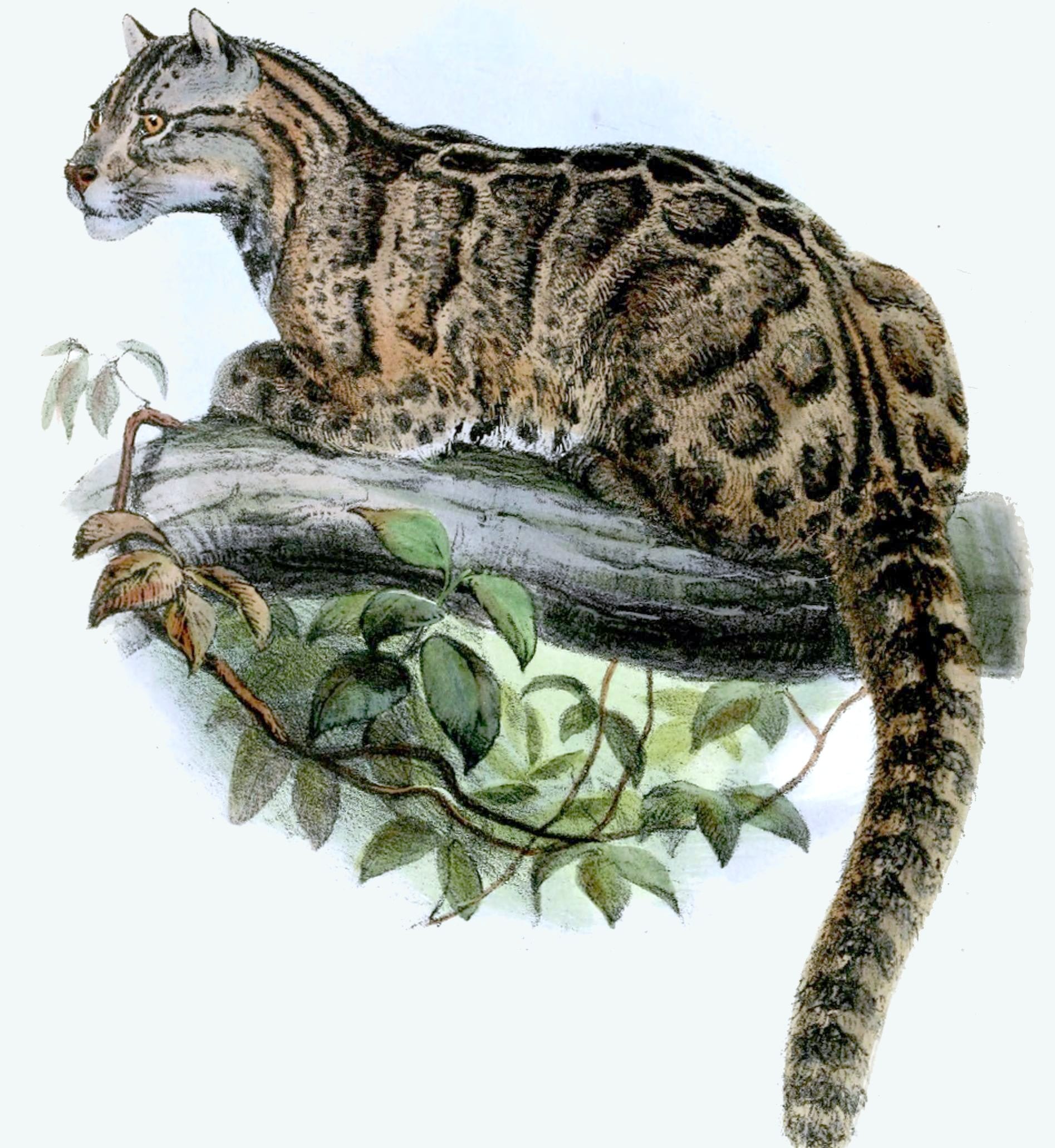
Image Credit: Wikimedia CC
Teams of rangers set up to patrol the area have been able to spot leopards prowling in the wild, climbing trees, and even darting around scooters in the road. Village elders have asked the Forestry Bureau to stop logging in the area and are doing their best to prohibit outsiders from hunting there as well.
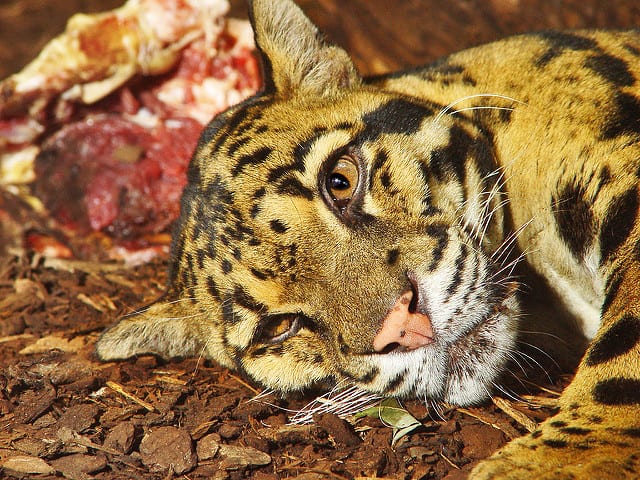
Image Credit: Flickr CC
The government is confirming the sightings, and it seems that the small cat is indeed alive!
Wallace’s Giant Bee

Image Credit: Clay Bolt
Wallace’s Giant Bee, named for researcher Alfred Russell Wallace (who discovered it more than a century ago) is a “large black wasp-like insect, with immense jaws like a stag-beetle.”
The nightmare fodder hasn’t been seen in more than three decades, leaving some to wonder (and others to hope) it had gone extinct. But last month, a research team on an expedition through Indonesia’s North Moluccas found the enormous bee – its wingspan measures more than 6 centimeters – living in an active termite nest more than 8 feet off the ground.
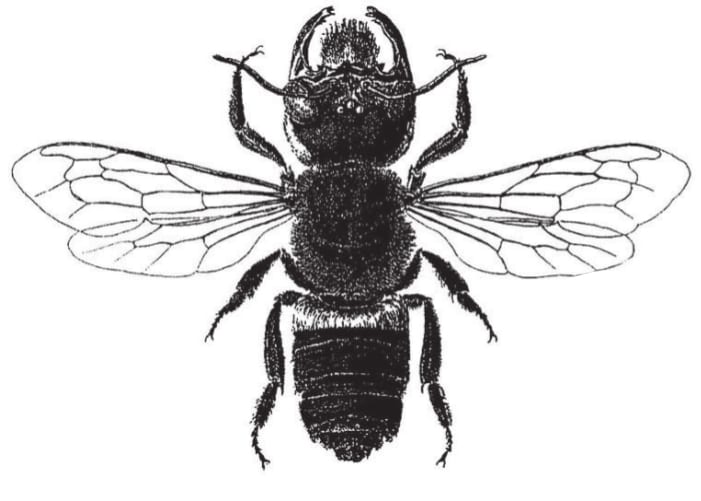
Image Credit: Wikimedia CC
Conservation photographer Clay Bolt described the moment as “absolutely breathtaking” as he took photos of the “flying bulldog.”
“To see how beautiful and big the species is in real life, to hear the sound of its giant wings thrumming as it flew past my head, was just incredible. My dream is to now use this rediscovery to elevate this bee to a symbol of conservation in this part of Indonesia.”
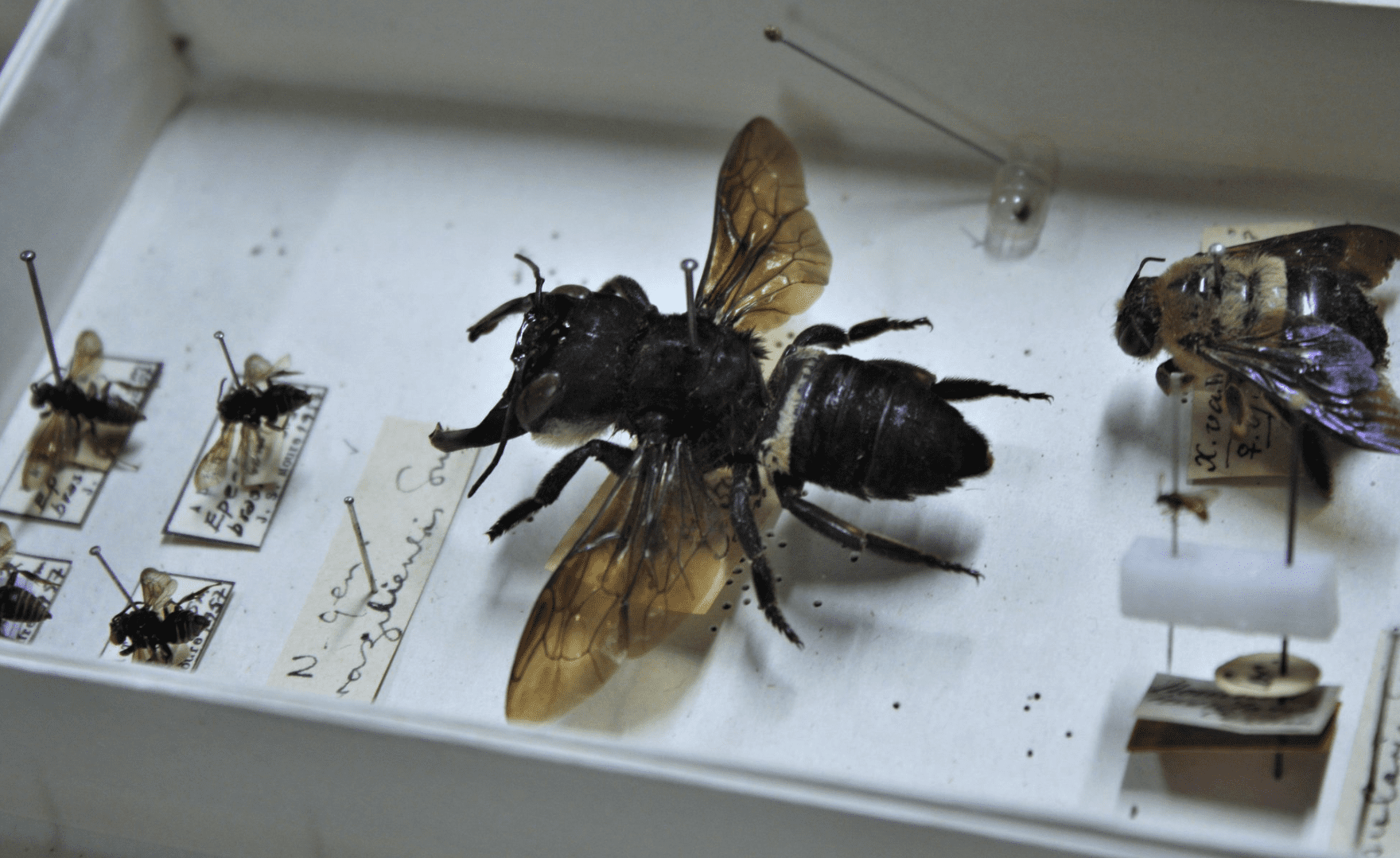
Image Credit: Twitter, Laura Russo
Deforestation looms as a threat to the bee’s habitat, so they’re not out of the woods – and neither are most insects around the world. According to an analysis in Biological Conservation, up to 40% of the world’s insect species may face a similar uphill battle to survive the next few decades, and global insect populations are already dramatically reduced from a couple decades ago.
The time to act is now, my friends, but for these 3 species, it’s clear they fought to live another day – and won.



